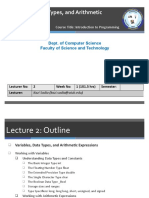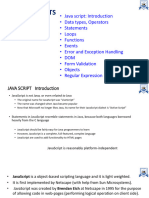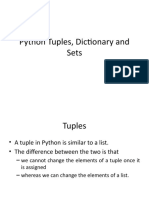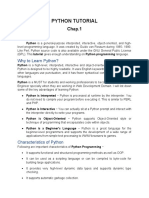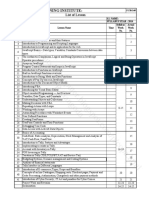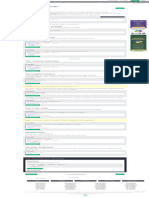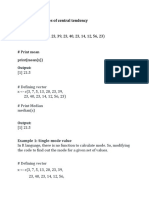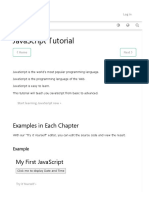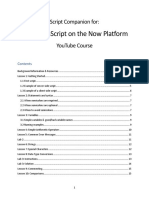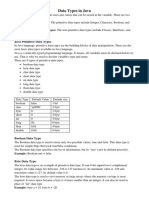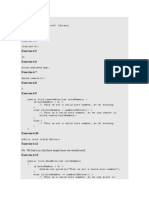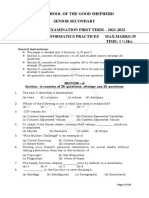0% found this document useful (0 votes)
66 views21 pagesFundamental of Programmingi
The document provides an overview of programming fundamentals, including the distinction between low-level and high-level programming languages, as well as the importance of syntax and semantics in programming. It introduces Python as a popular high-level language, explaining its environment, variables, data types, and functions. Additionally, it covers the flow of execution in programming and the types of statements and expressions in Python.
Uploaded by
nardoscattyCopyright
© © All Rights Reserved
We take content rights seriously. If you suspect this is your content, claim it here.
Available Formats
Download as PDF, TXT or read online on Scribd
0% found this document useful (0 votes)
66 views21 pagesFundamental of Programmingi
The document provides an overview of programming fundamentals, including the distinction between low-level and high-level programming languages, as well as the importance of syntax and semantics in programming. It introduces Python as a popular high-level language, explaining its environment, variables, data types, and functions. Additionally, it covers the flow of execution in programming and the types of statements and expressions in Python.
Uploaded by
nardoscattyCopyright
© © All Rights Reserved
We take content rights seriously. If you suspect this is your content, claim it here.
Available Formats
Download as PDF, TXT or read online on Scribd
/ 21














